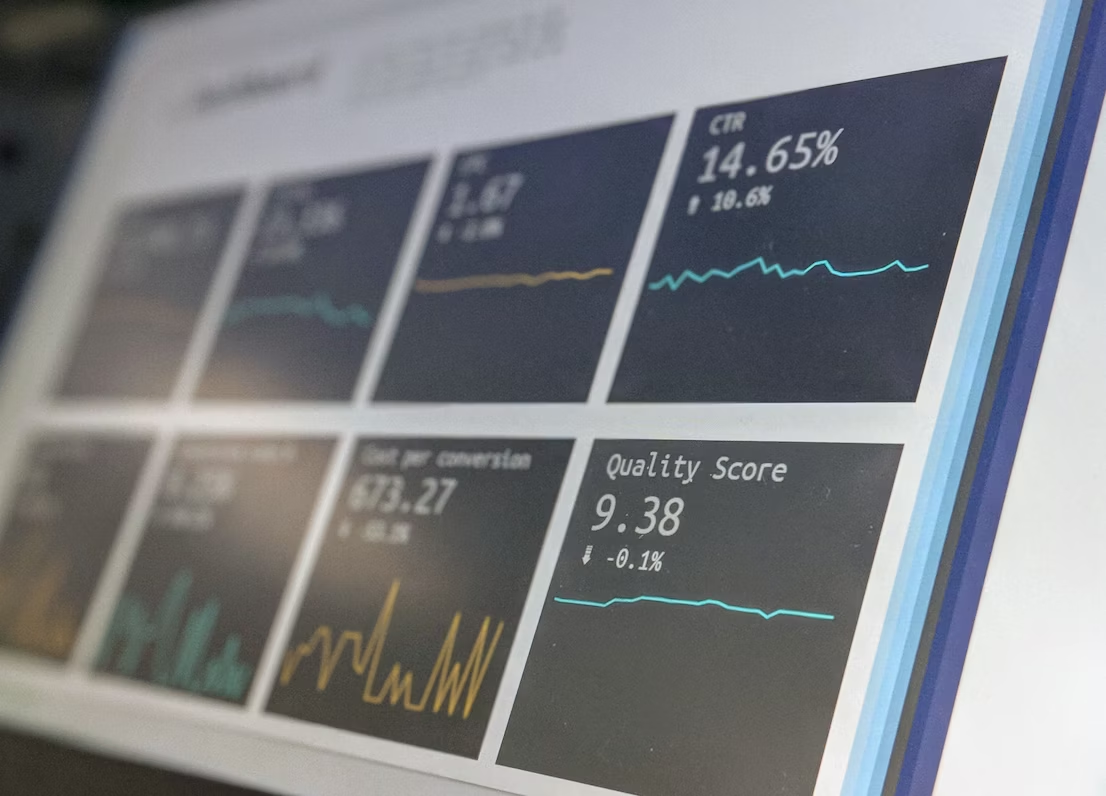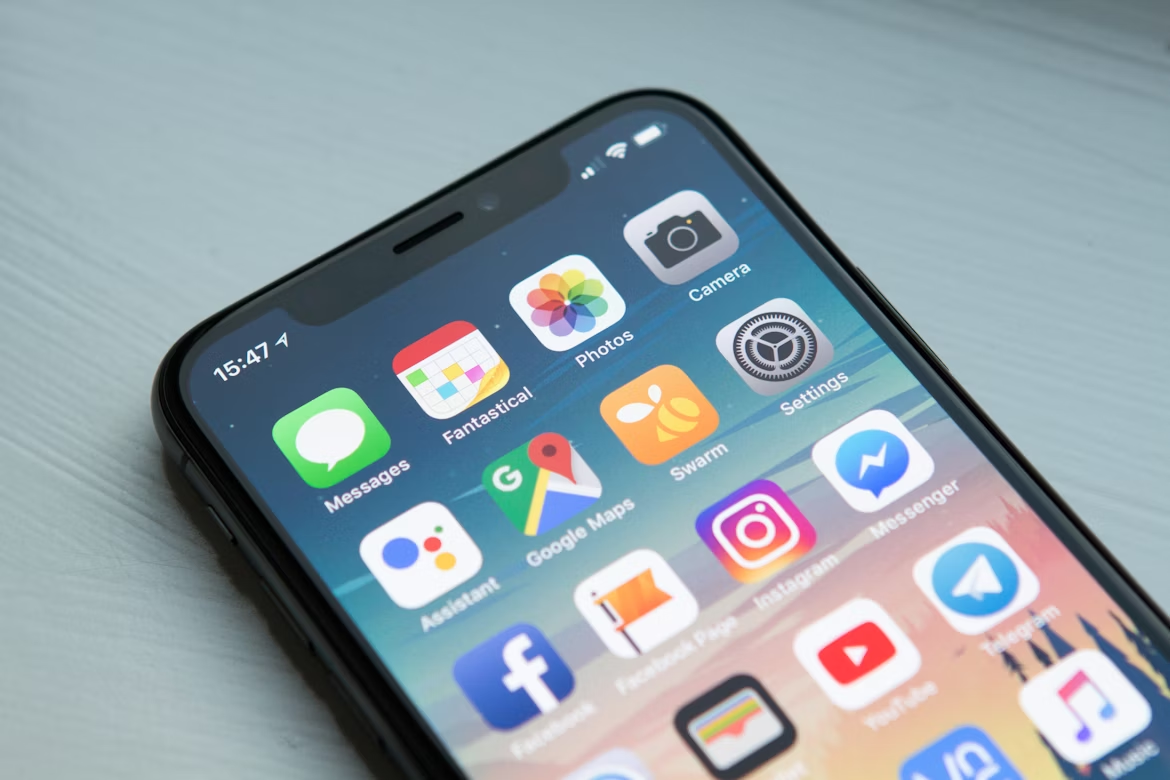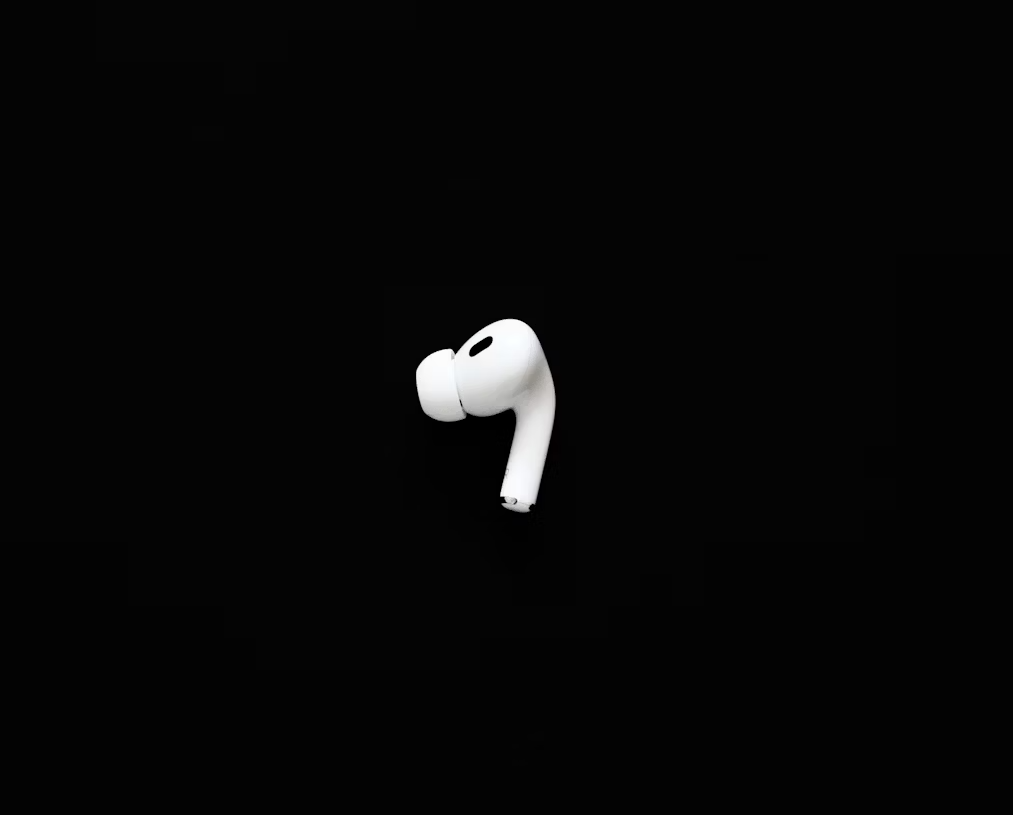Introduction
Audio description (AD) provides crucial accessibility for blind and visually impaired audiences. It is a narrative that describes visual elements in media and live events, making them more accessible to people who cannot see the visual components.
There are approximately 253 million visually impaired people worldwide. In the United States alone, over 7 million adults are blind or have trouble seeing even when wearing glasses or contact lenses. Providing audio descriptions helps make media and events more inclusive and enjoyable for this significant population.
AD narration is inserted during natural pauses in dialogue to explain essential visual details that cannot be understood from the audio alone. This supplementary narration makes the content more engaging and comprehensible. AD allows blind and low vision viewers to fully participate in the experience.
What is Audio Description?
Audio description provides a secondary audio track for video content that describes the visual elements of a film, TV show, or other production for people who are blind or have low vision. It is a narration service that makes visual media, such as television programs, films, and other video content, more accessible to people with visual impairments.
Audio description works by having a narrator describe what is happening on-screen during natural pauses in the dialogue or audio. This allows someone listening to both the original audio and the audio description track to get a full sense of what is happening in the video, including visual elements like scenes, actions, facial expressions, costumes, settings, and text that appears on screen.
The audio description narration is mixed at a lower volume than the main audio and does not interfere with original dialogue or sound effects. It is seamlessly woven between gaps in dialogue and timed carefully to fit into appropriate breaks in audio. This secondary audio track can be accessed on many TV shows and movies via a receiver, set-top box, or streaming platform.
Why is Audio Description Important?
Audio description is a crucial accessibility tool that allows people who are blind or have low vision to fully participate in visual media and culture. Without audio description, a large segment of the population would be unable to follow the visual elements and action in TV, film, theater, and more.
Audio description opens up entertainment, education, arts and culture to people with visual disabilities. It enables them to enjoy movies, TV shows, plays, operas, dance performances, museums and so much more. Audio description provides the visual information through succinct narrated descriptions of key visual elements inserted during natural pauses in the audio. This allows people with visual impairments to actively engage with and fully understand the content along with everyone else.
Providing audio description is an important part of overall accessibility for people with disabilities. It helps create an inclusive society where everyone can participate equally in every aspect of arts and culture. As technology improves and audio description becomes more ubiquitous, people with visual impairments will continue to gain access to more of the visual world.
Benefits of Audio Description
Audio description provides many benefits for people who are blind or have low vision by making visual media, such as TV shows, movies, theater performances, museums, and other events more accessible and inclusive. Some key benefits include:
Independence and Inclusion
Audio description allows people with visual disabilities to independently enjoy media, arts, and entertainment that they otherwise could not fully experience. It enables them to follow along and participate more fully without needing to ask someone else what is happening visually. This promotes independence and inclusion.
Opens Up Media and Arts
By describing visual elements in films, TV, theater, and more, audio description opens up these art forms to those with visual impairments. People who are blind or have low vision can more fully appreciate and enjoy media and arts alongside their sighted peers.
Educational Benefits
In an educational setting, audio description provides significant benefits for blind or visually impaired students. Describing visuals in videos, presentations, graphs, diagrams, and more in lectures or lessons allows visually impaired students to have access to the same educational materials as sighted students. This levels the playing field.
Overall, audio description makes visual media and environments more accessible, enabling greater participation, independence, education, and enjoyment for people who are blind or visually impaired. It promotes equity and inclusion.
Legislation and Standards
Several key laws and regulations have helped increase the availability and quality of audio descriptions over the years.
The Twenty-First Century Communications and Video Accessibility Act of 2010 required major TV networks and cable channels to provide audio descriptions for a certain amount of their programming. This significantly expanded the amount of described video available to viewers who are blind or have low vision.
In 2011, the FCC adopted rules to implement this law, requiring broadcasters and pay-TV providers to audio describe an increasing percentage of their programming each year. By July 2021, the required minimums reached 87.5 hours per quarter for broadcast networks and 1,500 hours per quarter for the largest cable networks.
The CVAA also directed the FCC to reinstate video description rules that had been struck down by courts in 2002. As a result, since 2012 video programming distributors have once again been required to provide audio descriptions for a portion of their offerings.
Outside of federal law, some individual states have also enacted legislation promoting audio description. For example, California state law requires movie theaters with more than two screens to provide devices for audio description.
On the industry side, the American Council of the Blind has published best practice guidelines for high-quality audio description scripts. The standards cover topics like word choice, vocal delivery, and how much to describe. Following these helps audio describers create effective narratives that serve viewers well.
Overall, legislation and standards have played a key role in making audio description more universally available. Advocates continue to push for increased requirements to enhance accessibility. At the same time, an emphasis on quality helps ensure audio descriptions are crafted thoughtfully.
Creating an Audio Description
Audio descriptions are created by trained audio describers. These are professionals who specialize in writing vivid narrative descriptions to convey visual details that are important for understanding what is happening in a film, TV show, play, or other visual media.
The audio description script is written to fit in between the existing dialogue and critical sound effects. The describer carefully times the narrative descriptions to avoid overlapping with this key audio. It takes skill to condense visual details into succinct descriptions that don't distract from the original audio. The writing has to quickly convey the essence of each scene.
Experienced describers aim to write engaging descriptions that spark the imagination and emotionally connect the viewer to the visuals. The audio description script brings visual details to life, translating images into vivid verbal pictures. The describer will focus on conveying key settings, actions, costumes, body language, facial expressions, scene changes, on-screen text, and other visual elements that are relevant to understanding the content.
The script is then recorded by a voice talent in a clear, pleasant voice at a moderate pace. The recorded description audio is then overlaid at precise points to fill in between the existing dialogue. The end result is an immersive sensory experience that makes visual media more accessible.
Technology for Audio Description
Accessing audio descriptions has become much easier in recent years thanks to advances in technology. End users can access audio descriptions through a variety of platforms and devices.
One of the most common ways to access audio descriptions is through streaming platforms like Netflix, Hulu, Amazon Prime Video, and Disney+. These platforms allow viewers to turn on audio descriptions in the settings so they can listen to narration during the show or movie. The audio descriptions are delivered as a separate audio track that viewers can enable.
Smart TVs also commonly have settings to turn on audio descriptions provided by broadcasters and streaming services. The TV mixes together the main audio and the audio description track to deliver the narration.
Some theaters offer audio description devices to patrons. These are usually small receivers with headphones that pick up the audio description track wirelessly. The theater transmits the audio description on a separate channel that the device tunes into.
There are also apps and devices designed specifically for audio description delivery. Apps like Voice Dream Reader can read aloud web pages, ebooks, documents and more with text-to-speech. Other apps act as audio description players to provide narration for media files. Portable devices like the Victor Reader Stream offer audio description capability as well.
Overall, technology has enabled far more access to audio descriptions for the blind and visually impaired. From streaming services to specialty devices, people now have more options to listen to audio descriptions than ever before. The technology will likely continue improving to provide even greater access.
Current Use of Audio Descriptions
Audio description has become more widely adopted in recent years, particularly by major film studios, TV networks, and streaming platforms. This has helped make audio described content more available to blind and visually impaired audiences.
On the film side, most major studio releases now include audio description tracks on DVDs and Blu-Rays. Many movie theaters also offer audio description devices for patrons to hear descriptions during films. The number of audio described movie screenings has steadily increased.
For television, all major broadcast and cable networks provide audio description for a portion of their programming, especially primetime and children's shows. This is largely driven by FCC requirements that networks audio describe a minimum amount of content. Many networks go beyond the minimum and provide audio description for additional shows.
Streaming platforms like Netflix, Hulu, Amazon Prime Video, Disney+, HBO Max and others also offer a selection of shows and movies with audio description tracks available. As on-demand streaming has grown, audio description has expanded with it. The availability still varies across services though.
While audio description is now common for major Hollywood films and network TV, it remains less prevalent in other media like local TV, independent films, online videos, music, theater, and more. But adoption continues to spread as awareness and demand increases. More creators are embracing audio description's ability to make content accessible to millions of blind and low vision consumers.
Challenges and Growth
Audio description faces some key challenges as the field continues to grow.
Costs
Producing quality audio descriptions can be expensive. Trained writers must carefully craft the descriptions to convey visual information without being distracting. Then, voice actors must be hired to record the descriptions. For films or TV shows, the descriptions must be precisely timed and edited into the program audio.
Lack of Awareness and Training
Many content creators are still unaware of audio description or how to implement it properly. Audio description requires specialized knowledge and training to do well. There is a need for more education and advocacy to spread awareness.
Improving Availability and Quality
While audio description is gaining ground, it is still not universally available. Much content lacks descriptions, even when they would be helpful for blind and low vision audiences. There is also inconsistency in the quality of descriptions. As the field grows, availability and quality standards need improvement.
Overall, progress is being made in audio description, but further adoption and refinement is needed. Meeting these challenges will allow audio description to better achieve its aims of accessibility and inclusion.
Conclusion
Audio description plays a vital role in ensuring accessibility and inclusion for people with visual impairments. As discussed throughout this article, audio description provides critical details through narration to convey visual information that would otherwise be inaccessible to blind and low vision users.
The benefits of audio description are far-reaching. It enables people with visual disabilities to fully participate in entertainment, education, culture, and civic life by making visual media, arts, and performances accessible. Audio description opens up opportunities for enjoyment, learning, and connection.
Legislation like the Americans with Disabilities Act has paved the way for increased adoption of audio description. Standards help ensure quality and consistency. Technological advances continue to make audio description delivery more seamless across platforms.
While progress has been made, there is still room for growth. Wider implementation across television, streaming services, movie theaters, museums, and live events would allow for more inclusive experiences. More availability of audio description for educational content and digital resources would empower blind students.
Moving forward, continued advocacy, innovation and dedication to accessibility will help make audio description ubiquitous. With greater awareness and commitment, audio description can transform access to information and engagement for millions of people with vision loss.









